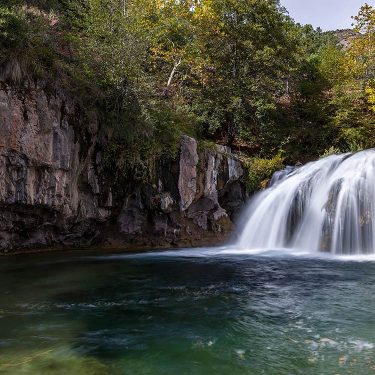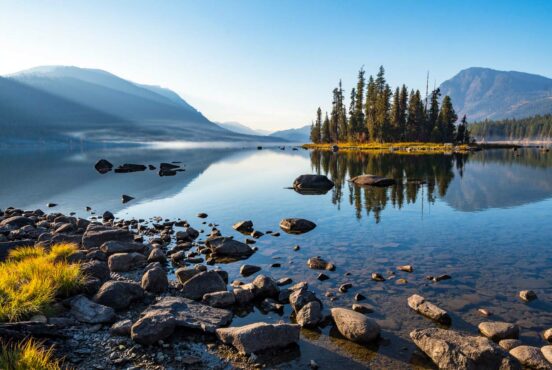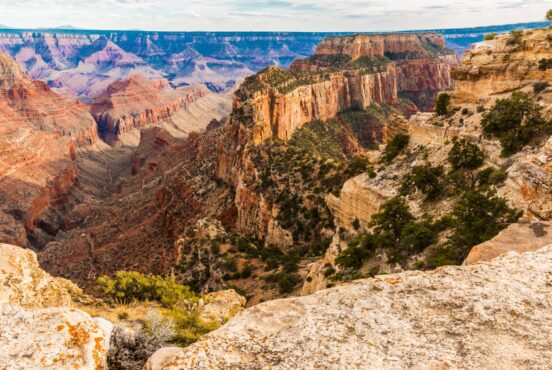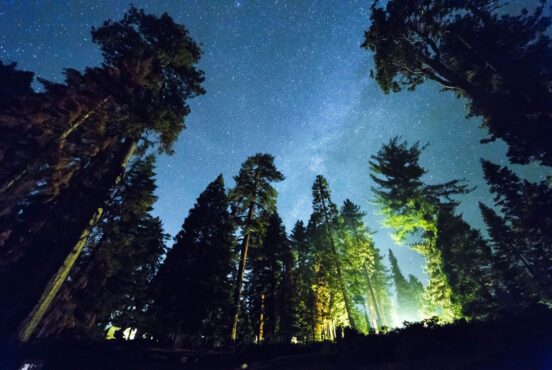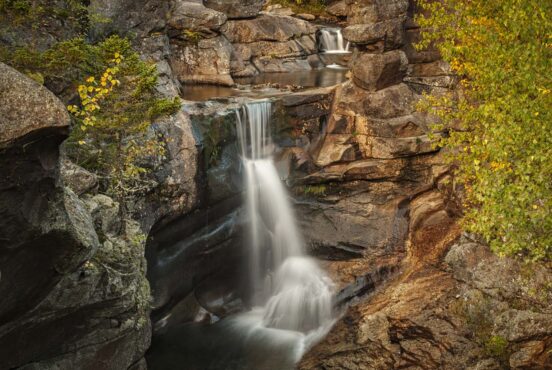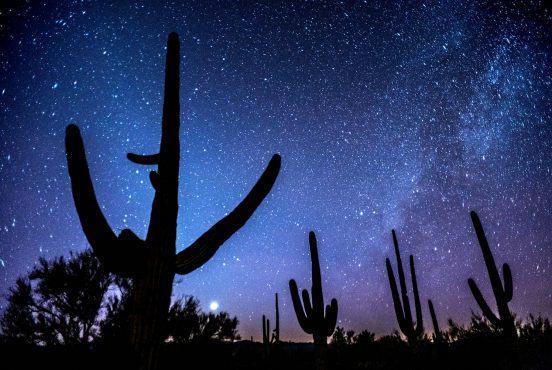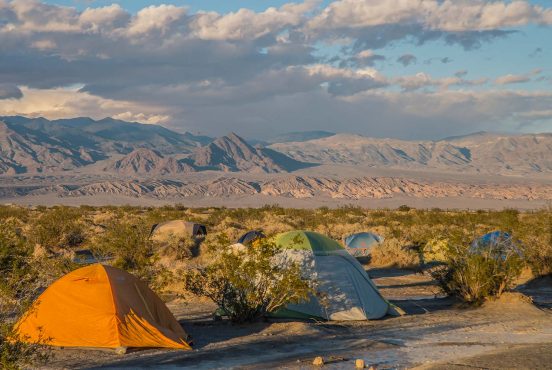You’re interested in thru-hiking a long trail, but you don’t know where to begin. If that strikes a chord, you’re in the right spot.
Whether you’re interested in backpacking for a couple of weeks on treks like the Tahoe Rim Trail, Oregon Coast Trail, or John Muir Trail, or you’re seeking longer-term adventure on a route like one of the Triple Crown hikes, it takes planning, research, and dedication to get from start to finish.
The longest thru-hike I’ve completed is a northbound trek on the 2,650-mile Pacific Crest Trail (PCT). I planned and saved money for two years before taking my first step, but the journey began even earlier than that.
Here’s how to get ready for your first thru-hike.
Mind Over Matter: Yes, You Can Do This
The first challenge you must conquer is your own mindset. If you’re determined to complete this adventure — you can absolutely do it. Everyone has their own reasons for wanting to thru-hike a long trail. And everyone faces their own challenges. Regardless, thousands of people complete thru-hikes every year in America — perhaps millions do so across the globe.
My first day of backpacking — ever — was the first 15 miles I hiked on the Pacific Crest Trail in Southern California. Yes, it was tough. And I made mistakes. And I met several others who called it quits on that very first leg of the journey.
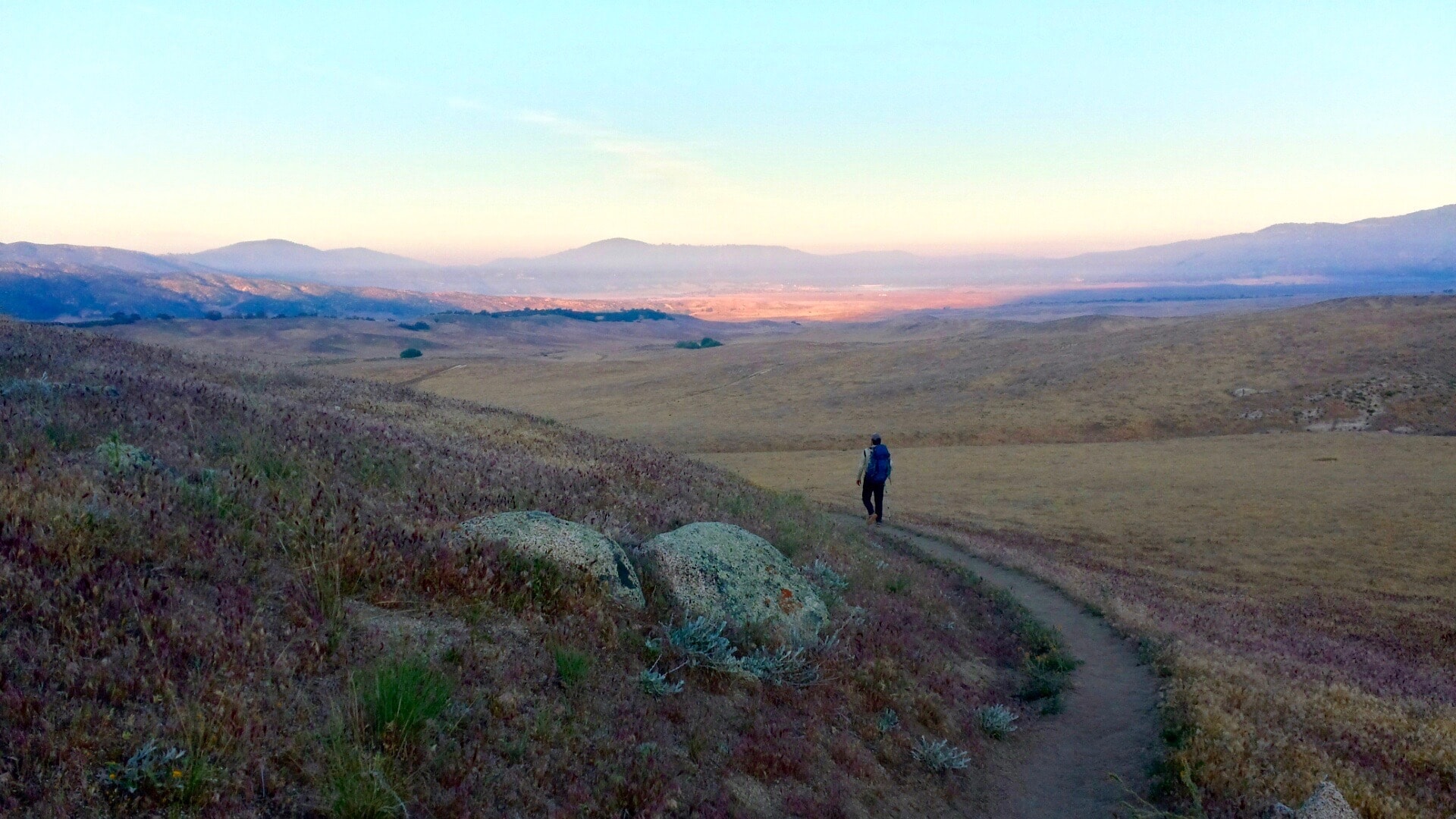
A Series of Small Hikes
For those that quit on day one — they looked ahead to the 2,635 remaining miles and saw it as an unconquerable feat.
But that’s not the only way to view the journey. A thru-hike isn’t really one big, long hike. If you allow yourself to live in the moment, you will see the trail one day at a time, or even step-by-step. By looking at the expedition as a sequence of smaller adventures, you can set yourself up for success with smaller, more manageable goals.
I broke down the challenge in two ways: First, every day was a new day hike. Each day, I figured out a basic plan for where I wanted to sleep at night and roughly how many miles I needed to hike to get there.
The second method I used was determining how many days it was between towns. Most stretches were 2-5 days between resupply points. The absolute longest was 8 days. With this mindset, I faced much smaller individual backpacking trips from a weekend to a week in length rather than a daunting months-long odyssey.
And that’s all a thru-hike really is. One day hike after another. One short backpacking trip, followed by the next. When you break down the almost unimaginable goal of hiking thousands of miles into much shorter trips, it feels much less impossible.
So, when you start planning your first thru-hike, imagine planning for a series of smaller backcountry trips. Because that’s all it really is. And you’ll understand that even more clearly once your plan starts coming together.
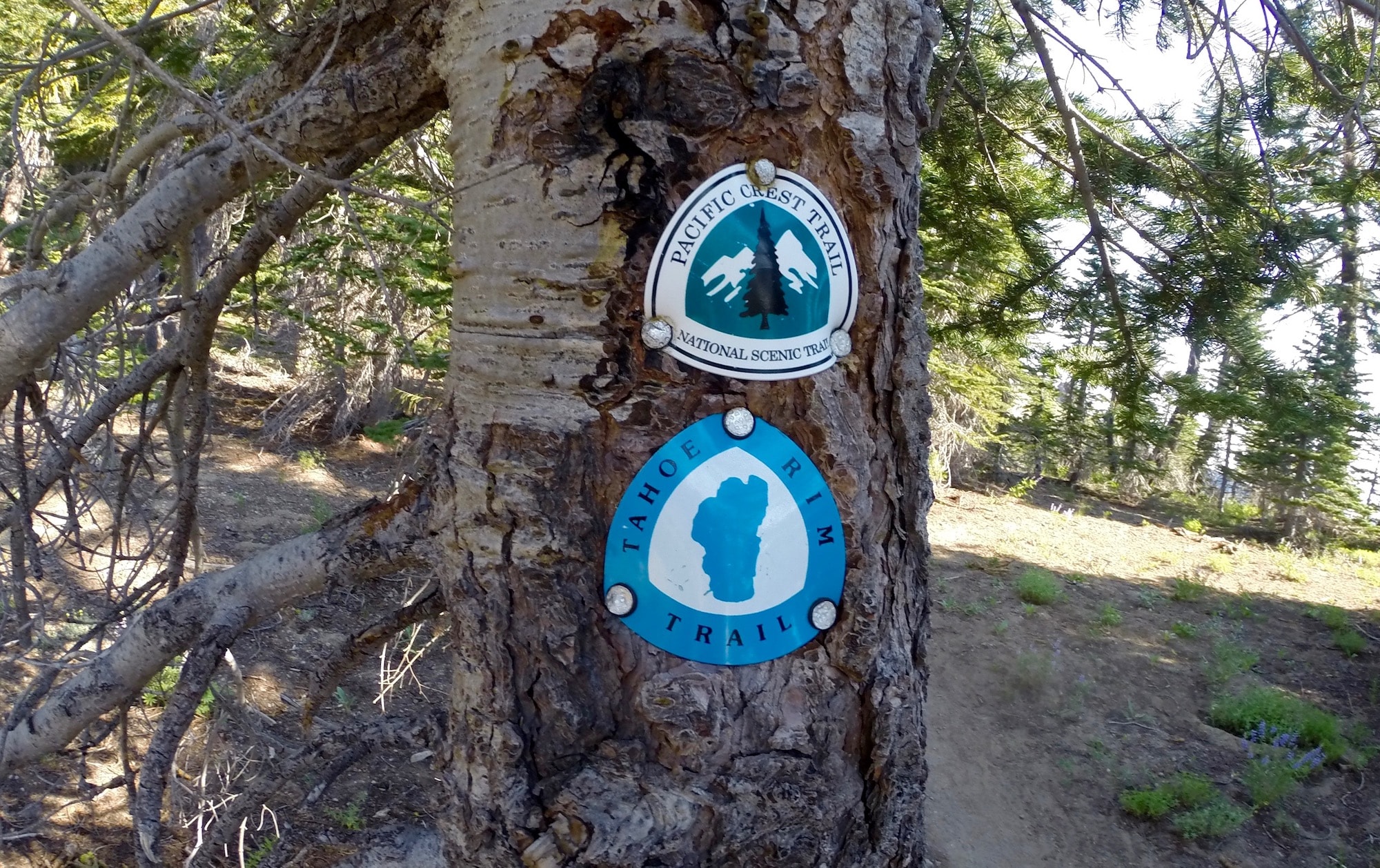
Planning and Prepping for Your First Thru-Hike
The way I see it, you begin preparing for a thru-hike the moment that interest sparks in your mind. That means if you’re reading this, you’ve already begun the journey. Planning and prepping for a thru-hike can be broken down into three phases: research, acquisition, and route planning.
Thru-hike Researching
This is where everyone’s thru-hiking journey begins, though it’ll be a distinct starting point and experience for every individual.
For the PCT, my research phase began the day my then-girlfriend (now wife) said to me, “Have you heard of the Pacific Crest Trail? I think it’d be cool to hike it.” For her, the journey began six months earlier when she stumbled upon a thru-hiker’s blog — a hiker by the trail name of Wired, to be specific.
And that’s how I suggest you start your research. How To guides like this can be helpful in their own way, but by reading blogs and books written by past thru-hikers, or watching YouTube videos of other’s hikes, you’ll get to see what the day-to-day experience is really like.
Some may be concerned about “spoilers,” but online images never live up to the real thing, so don’t worry — you’ll still experience countless Wow moments, no matter how much research you do ahead of time.
As you consume these blogs, books, and videos, you’ll learn more about yourself, such as what you want to get out of the adventure and what aspects of it appeal to you. You’ll learn about different trails these hikers have been on that may better fit your desires for a first-time thru-hike.
Plus, you’ll discover the guidebooks and apps these hikers used during their own research phase or as they hiked the trail. And so you’ll find your way to figuring out all you need to know. Thus, the research is an adventure all its own.
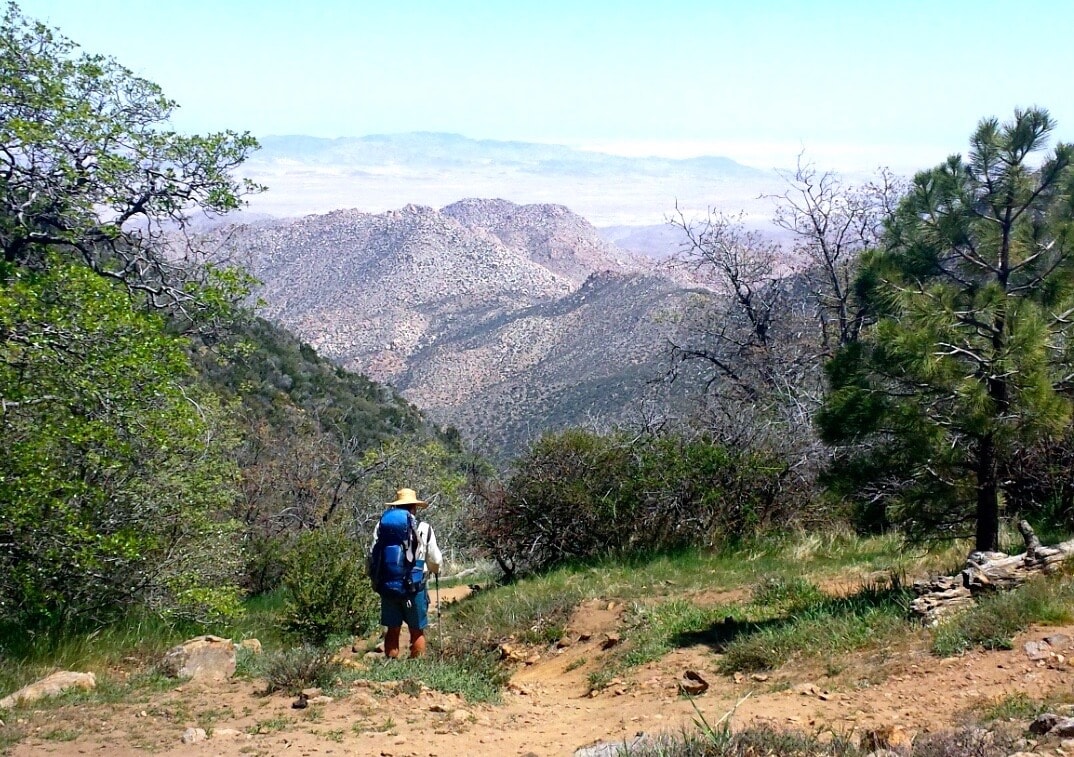
Acquisition
The acquisition phase itself is three-fold. You’ll be acquiring:
- Knowledge and skills
- Gear fit for thru-hiking
- Finances
These are the three pillars of thru-hike preparation.
Knowledge and Skills
You’ll acquire knowledge and skills naturally as you go about your research. For many thru-hiking trails, you’ll want to learn survival basics and logistics about the trails, such as when the popular hiking seasons are, and why, and where common resupply locations and methods are.
But for many trails, remember — you’re just walking from point A to point B every day. You can do this! Most treks don’t require serious technical skills. However, if they do, you’ll discover that during your research, and you can watch online videos or take courses to acquire any skills you need.
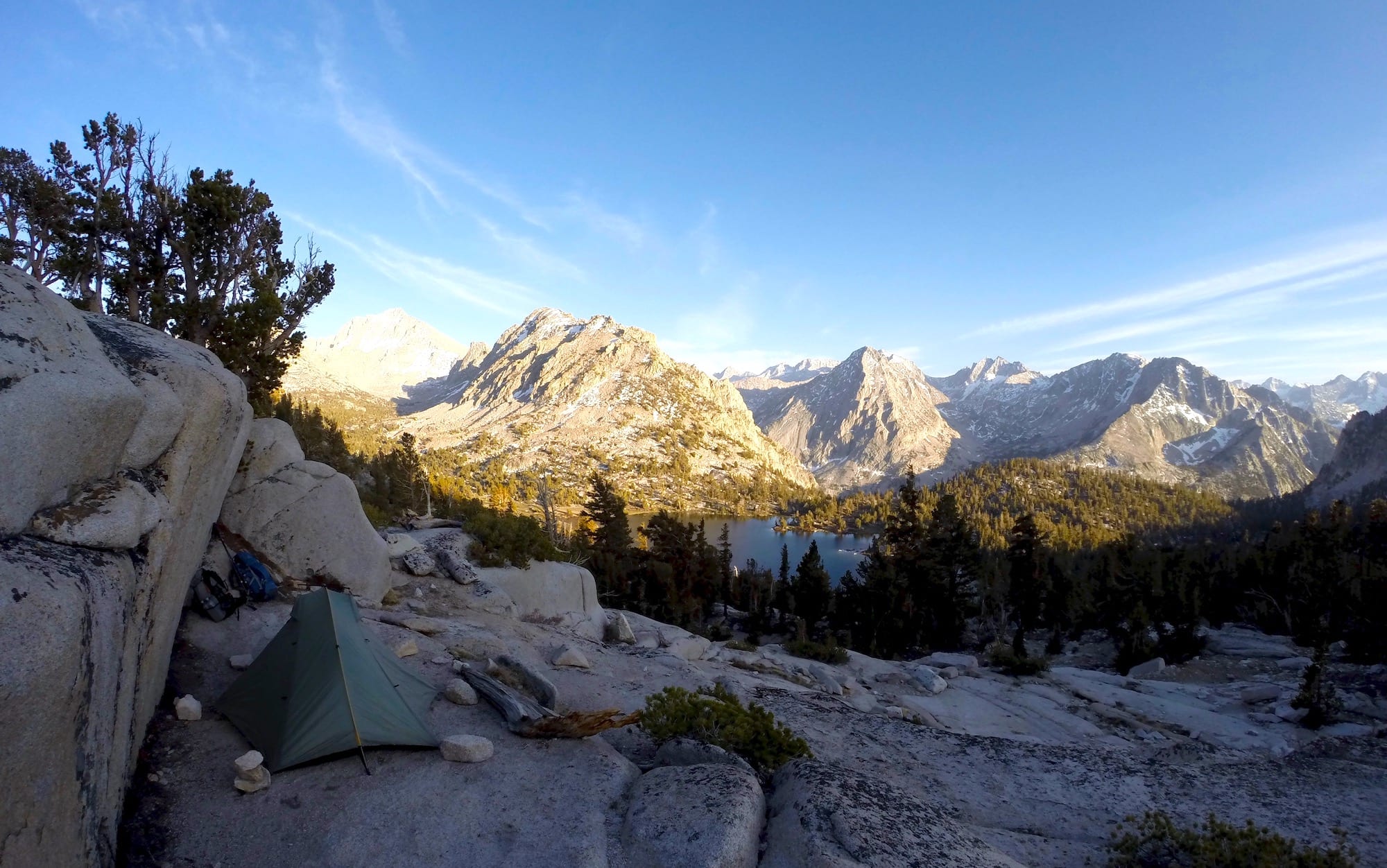
Gear
Can you complete a thru-hike in tennis shoes? Sure. You could also walk into an REI with a wad of Benjamins and gear up with all of the latest ultralight swag. There are a million ways to outfit yourself for a thru-hike, but only you can decide what will work best for your budget and comfort.
The options are so endless that it really is impossible to make a thru-hiking essential gear list. But here’s a bare-bones list to get you started:
- Footwear: I’ve seen thru-hikers wear everything from snow boots to trail runners to sandals. A very few even do it barefoot.
- Shelter: Lightweight 1- or 2-person backpacking tents are the norm. Hammocks are another option. Yet some prefer to cowboy camp, which is to sleep directly under the stars.
- Backpack: Perhaps the one “true” essential. It is called backpacking, after all. Modern hiking packs with anywhere from 40- to 70-liter capacity are where you should start your search.
- Sleeping bag: What is the typical coldest temperature in the coldest section of the trail you plan to hike? That’s (at minimum) the comfort temperature rating of your sleeping bag should be. The bag’s survival rating will typically be about 20 degrees below the comfort rating.
- Sleeping pad: Your sleeping pad contributes to your comfort and also your warmth. Sleeping pads have a temperature rating called an R-value. The higher the number, the better it will insulate you from the cold ground.
- Water treatment: Water in the wilderness is full of bacteria and viruses that can get you seriously sick, not to mention all the algae and debris. A water filter with a 0.1 micron will ensure pond and creek water is free from pathogens. Other water purification methods also exist, such as UV treatment and chemical purification.
The gear you choose will ultimately be a balance between your budget, comfort level, and the weight of the gear. Hikers often say “every ounce counts” regarding the weight of and in their backpack. And this is true to an extent.
Your base pack weight (BPW) is a number you’ll want to consider with every gear purchase. This is the weight of your backpack and everything you’ll carry inside it, minus food and water.
That said, not everyone has to backpack ultralight — it’s OK if you want to take a few comfort items that weigh a bit more than the lightest gear out there. But you do want to make sure you don’t go overboard.
Beginning backpackers may have a BPW of around 30 pounds when starting out. Add water and a few days’ worth of food, and you might be looking at a 40- to 45-pound pack. That’s not awful for a long weekend in the woods.
But you’ll carry this weight for a thru-hike for weeks or months. So you’ll want to trim down closer to a 20-pound BPW if possible. For the PCT, my BPW was 16 pounds at the start of the trail, though that increased to 21 pounds during the trail’s mountainous, high-altitude Sierra Nevada portion.
So, as you consider the gear you will use, remember to add the weight to your BPW. That way, you don’t overburden yourself at the start with a pack that will weigh you down and cause undue suffering.
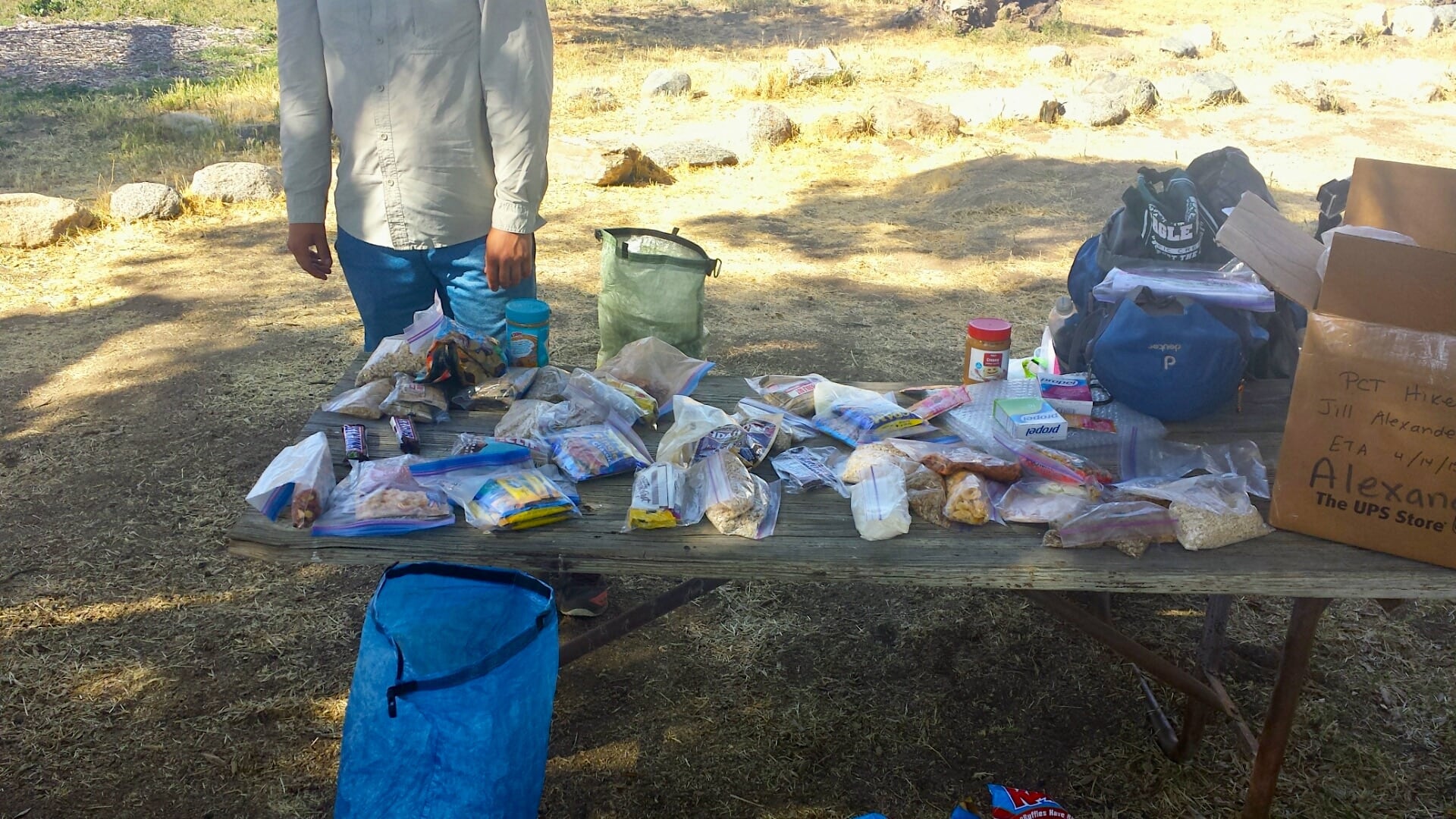
Finances
Good gear can be costly. But there are many more expenses to consider. Finances, by far, are the most limiting factor for many potential thru-hikers. You’ll want to think about the costs of:
- Hiking gear: Consider alternatives to brand-new. The REI Co-op Re/Supply is one place to look for used gear. You can also check local gear trading groups and thrift stores.
- Food: You still need to eat when thru-hiking — likely even more than when you’re at home due to all the calories you’ll burn.
- Lodging and comforts: Sometimes you need a break from the tent. A warm shower and soft bed can do wonders to boost your morale during a long thru-hike.
- Bills: Just because you’re not at home doesn’t mean there aren’t bills to pay. Remember to keep making any necessary utility, car, or loan payments.
- Loss of income: Long-distance hikers who will be on the trail for weeks or months may have to quit their jobs or at least take an unpaid leave of absence.
My wife and I saved for two years before we started our PCT thru-hike because we had to leave our jobs to embark upon this adventure. And when the money ran low on trail, we used credit cards to foot the bill.
In the end, we wound up thousands of dollars in debt. It took her 6 months after the hike was done to land a good job, and it took me about 2 years before I had enough income to really help with living expenses.
But we both still agree — it was so worth it. You just need to know what you’re getting yourself into and have a financial plan in place to set yourself up for success both during and after the thru-hike is complete.
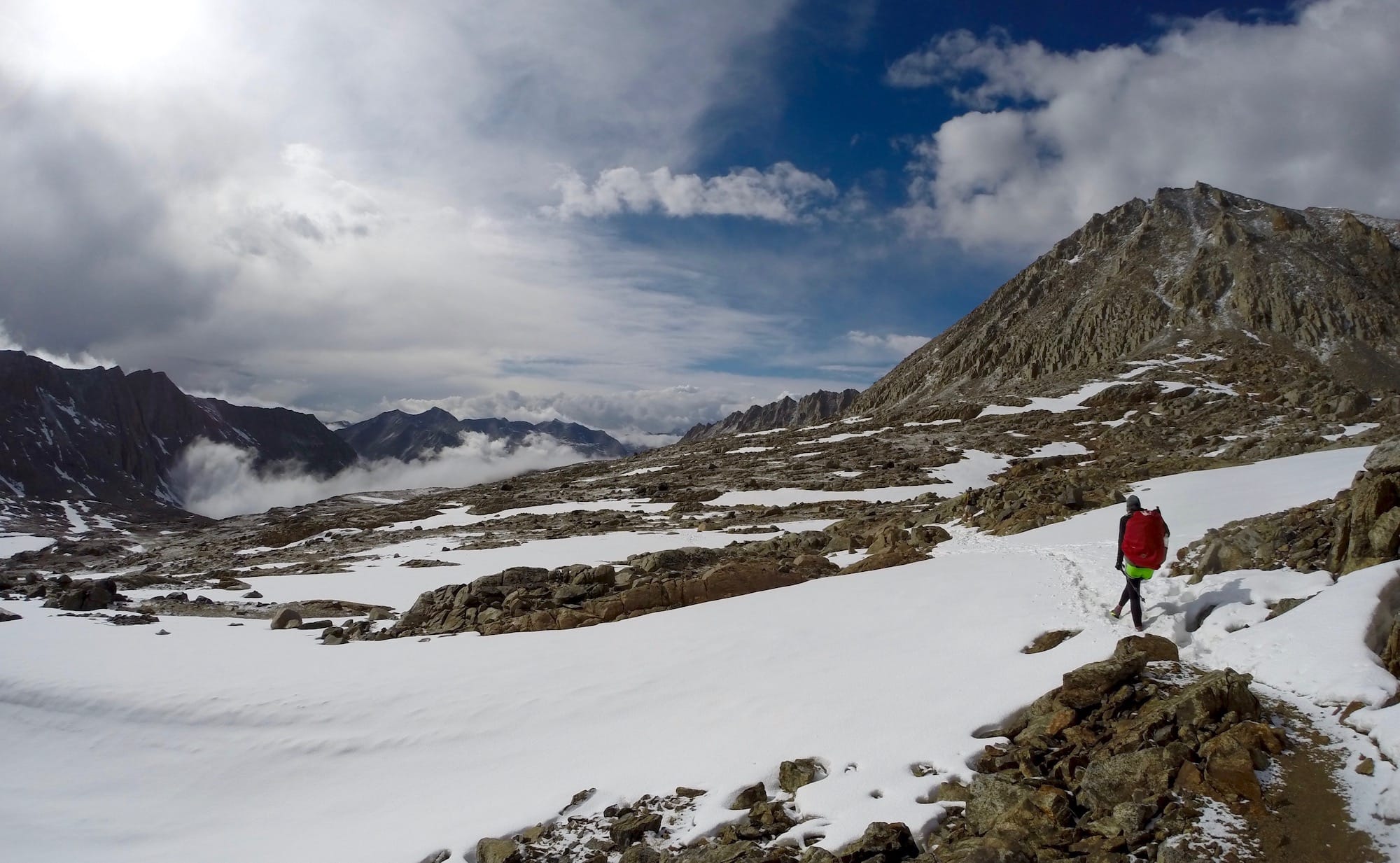
Route Planning
The days of paper maps and physical compasses are all but lost. They’re still solid for backup navigation, but, nowadays, many online tools and phone apps exist to help you plan your thru-hike.
For the PCT, I read Yogi’s Guide Book to get a mental grasp of the trail. Then, I used Craig’s PCT Planner to chart an outline of my course. This helped me visualize how far it was between resupply points. My actual thru-hike varied somewhat from what I had initially planned, but my route outline was a solid foundation for me to work from.
While I was actually hiking, I used the FarOut app (then Guthook’s PCT Guide) every day to locate water sources, learn about upcoming points of interest, and ensure that I was walking on the correct trail.
Resources such as these abound for popular thru-hiking trails. Plus, many have online enthusiast forums, physical events, and official guides where you can learn more.
Everything Else You Need to Know About Thru-Hiking
As you plan and prep, research, and read, you’ll find the remaining answers you seek. You’ll also discover a whole host of new questions and the answers to those.
There is no one-size-fits-all approach to thru-hiking. Every trail and every hiker’s journey is unique. So long as you have a desire to learn more and the discipline to follow through, you’ll complete the thru-hike you’ve been dreaming about. I’m sure of it.
For your next step, I encourage you to find a published trail journal or blog to read that was written by someone who has hiked the trail you’ve set your sights on. They don’t even need to have been a thru-hiker. One of the most well-known hikers in modern times, Cheryl Strayed, didn’t even complete a thru-hike, yet her story has inspired many thousands of thru-hikers since she published her book Wild.
Some official trail organizations, such as the Pacific Crest Trail Association, have their own book lists full of trail journals and guides to help start your research journey.
Plan Your Next Big Hike
Get epic travel ideas delivered to your inbox with Weekend Wanderer, our newsletter inspiring thousands of readers every week.
Seen in: Camping, Hikes, Hiking Gear, Travel

